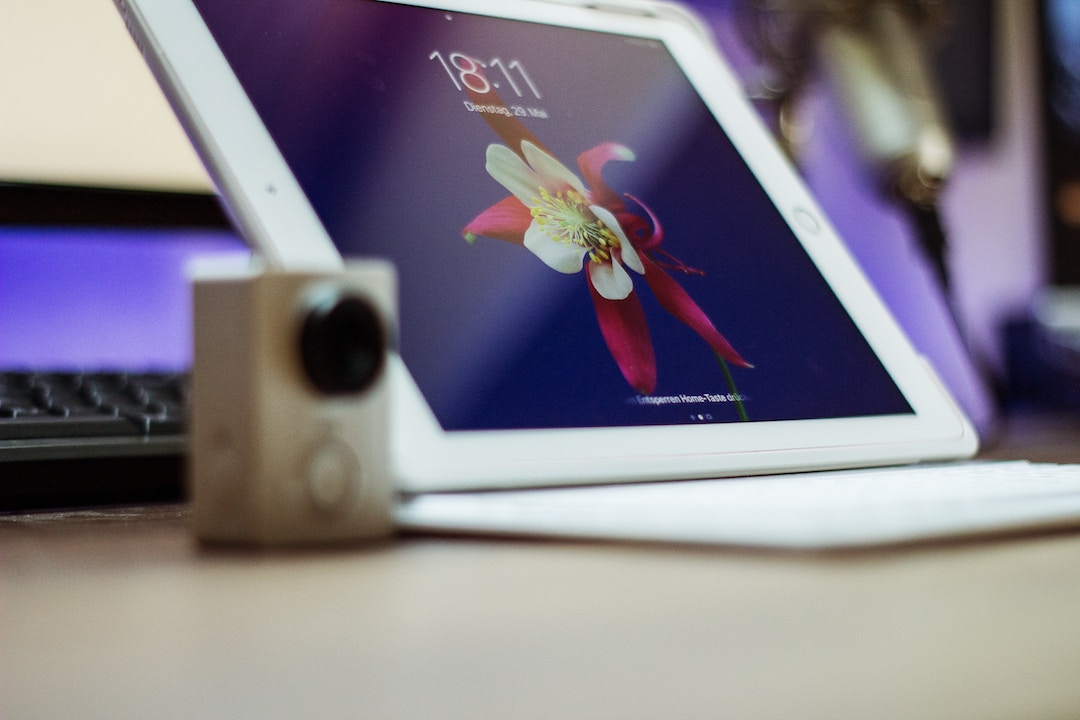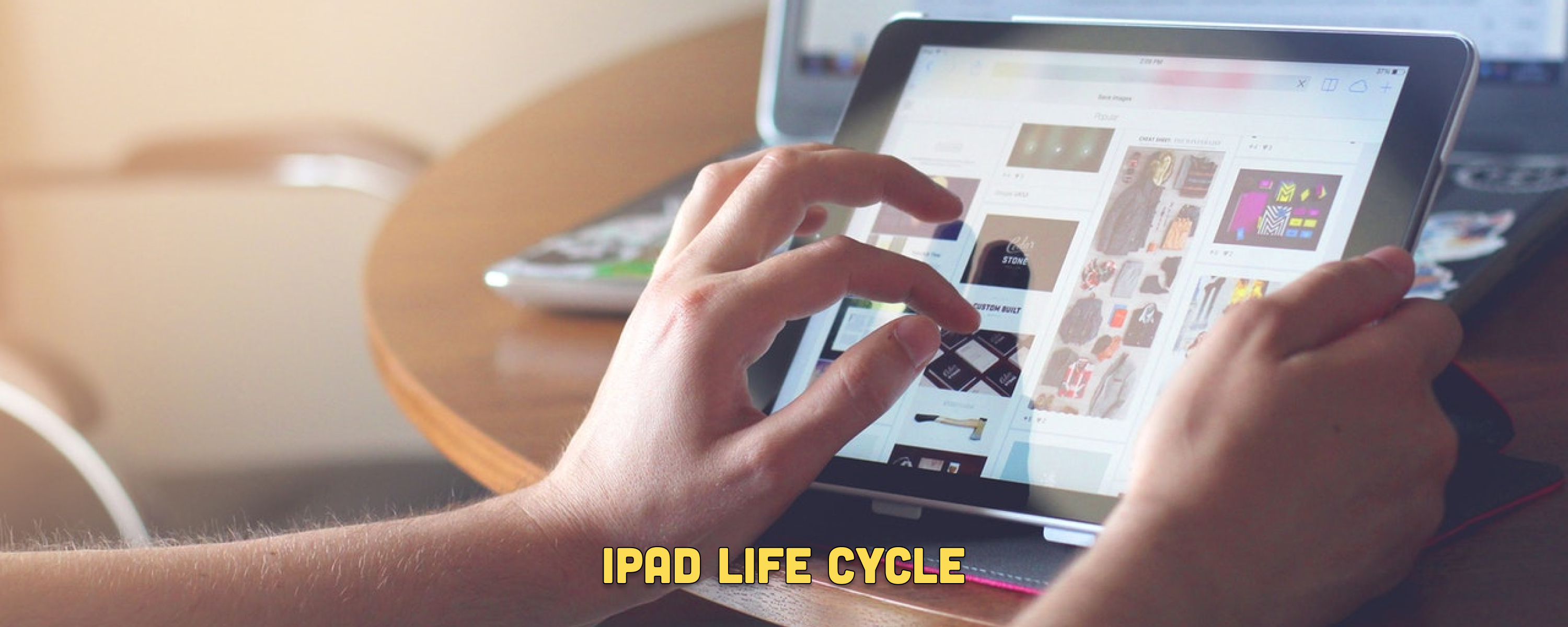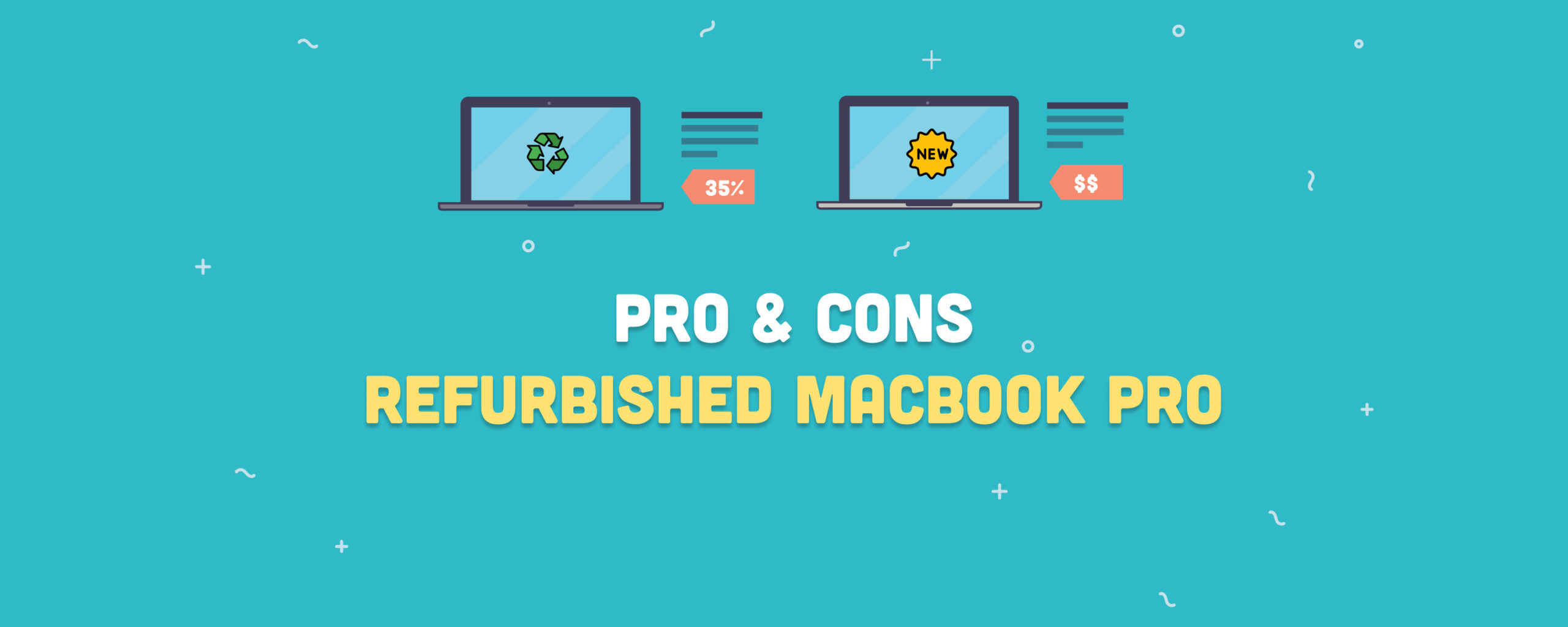Out of the growing list of technologies available globally, Apple’s iPad stands as one of the most highly sought-after. It’s little wonder why this gadget is in top demand. Weighing about 0.65 kilograms, the iPad doubles as a computer for typing and surfing the web using Wi-Fi connections and as a device for reading books, taking photos, and interacting on social media. How long can these remaining iPads last? Let’s have a look at the life cycle of an iPad.
Table of contents
The life cycle of an iPad
In the second quarter of 2022 alone, Apple sold almost 12.6 million iPads. With each passing iPad generation—the 10th, the current one—older iPads go extinct. Apple stops upgrading them to the latest iOS, and app developers drop support.
Due to the constant upgrades and consumer demands, the Apple iPad is essentially a cradle-to-grave product. With new releases coming out, previous editions of the iPad have lost much popularity. The old iPads find themselves one way or the other in the landfill. Placing them in landfills runs the risk of toxic materials spilling and potentially causing harm to the environment and mucking up the environment for living beings.
Although Apple is expanding the use of recycled materials across its products, this cradle-to-grave usage still exists. However, Apple has begun to strive towards cradle-to-cradle products, collecting old products and sending them to India for disassembling or to recover materials that can be recycled and reused in the production of another device, boosting the circular economy in the process.
How is an iPad made?
To understand the life and death of an iPad, we need to know how an iPad comes into existence. The manufacturing process of Apple’s tablet is one of the fastest and most sophisticated manufacturing systems in the tech world. Not limited to one country, inputs and materials from all parts of the world facilitate the entire manufacturing process.
The building blocks
The building block of an iPad includes a back case, screen, frame, LCD screen, and battery, among other parts. Alcoa, one of the world’s largest aluminum producers, makes back casings of the same material. It has a low density and optimally resists damage, making it the perfect material for the slim and delicate iPad. A cooling agent known as cryolite is added during aluminum processing to reduce the extreme temperature.
The front of the iPad, conversely, is made from glass. It is unclear whether the glass by the Corning company is aluminosilicate glass or just regular glass. In any case, and according to Apple, the glass is PVC and arsenic-free. A rare-earth metal known as cerium oxide is used to polish the surface of the glass screens. In addition, glass is another material that Apple recycles; it is melted and molded into another form to be reused in other products.
Another part of the iPad is the frame that holds the tablet together. The frame is made of polycarbonate plastic. Although it is plastic, and you can melt it, it tends to end up in a landfill. The LCD screen is invariably the most expensive part of the iPad. Made from crystals, it sits between two polarizers, and the LCD relies on liquid crystalline substances in the presence or absence of an electric field.

The battery
The battery that powers the iPad is made with rare materials like lanthanum and is one of the most efficient parts of the device. It can recharge and recycle repeatedly and is powered by lithium combined with a metallic oxide catalyst, a dry solid polymer electrolyte, and a metallic current collector.
👉 Related: 30 Easy Tips To Extend Your iPad’s Battery Life
The silicon chip
Last but by no means least are the iPad’s silicon chips. Silicon is mined, and the chips are mass-manufactured in rooms where most of the work is done by robots. The silicon chip goes through the heating and cooling systems before printing. They are not precisely recyclable, but, in some cases, they are collected from old dissembled iPads and recycled into solar panels by other companies.
After introducing the M1 chip, Apple introduced this powerful processor in both the 12.9 and the smaller 11-inch iPad Pro, along with the iPad Air M1 announced in 2022. In addition, Apple also introduced the iPad Pro 6 with the most recent M2 chip in the same year.
Certain materials in the iPad are difficult to extract in order to recycle them efficiently. Currently, Apple iPads are assembled in China by a company known as Foxconn. Often, with a combination of robotic hands and workforce, the manufacturing process takes a lot of power, accounting for 58% of the greenhouse gas emission in the iPad’s lifecycle.
After the manufacturing process, an iPad’s life cycle averages 3-5 years. But, other than disassembling the device, another way that non-manufacturer sources can recycle an iPad is by refurbishing it.
What is a refurbished iPad?
A refurbished device is a product a manufacturer or retailer has used and returned because the device is now too old, the owner wants an upgrade, or they just changed their mind about it. These are the ways in which an iPad may enter the refurbished pipeline.
Whichever the case may be, a manufacturer or a trusted seller recovers the device to start refurbishment. Then, they test, repair, and clean it before selling it again. After completing these processes, the device should function like a brand-new one and include a warranty.

However, it’s worth noting that a refurbished iPad is not the same as a used iPad. These are two different things. A used iPad may or may not be tested, cleaned, or repaired before being sold again, and some don’t include a warranty.
Tips on buying refurbished Apple devices
Apple can refurbish an iPad through its Apple Certified Refurbished program, or a third-party seller can refurbish it. You can distinguish them by the packaging; they come with Apple packaging and accessories and are in good or excellent cosmetic condition.
Refurbished items from third-party merchants will likely come in unbranded packaging. They may contain a charger, but they may not include other accessories like headphones.
There are a lot of seller-refurbished iPads in retail stores. Sometimes, retail stores confuse used iPads and refurbished iPads in their descriptions. Any reputable vendor will clearly indicate whether it’s a seller-refurbished or Apple-refurbished iPad.
👉 Learn more: 5 Best Refurbished iPads You Can Buy in 2023
Takeaway
Understanding the iPad life cycle is necessary if you want to be an intelligent buyer and make reasonable purchase decisions. On RefurbMe, we compare hundreds of deals from our list of refurbishers, which always include a warranty and rigorous testing and cleaning processes. We offer you a platform to go ahead and decide for yourself what deal suits you best.
We recommend you check all iPads compatible with the latest iOS 17 in real time here:
Whatever your choice, the lifespan of your refurbished iPad will be similar to a new one. Don’t hesitate to learn the 5 best places to buy a refurbished iPad.
Lastly, you can read this article on how long iPads last to learn more.
Happy buying!








